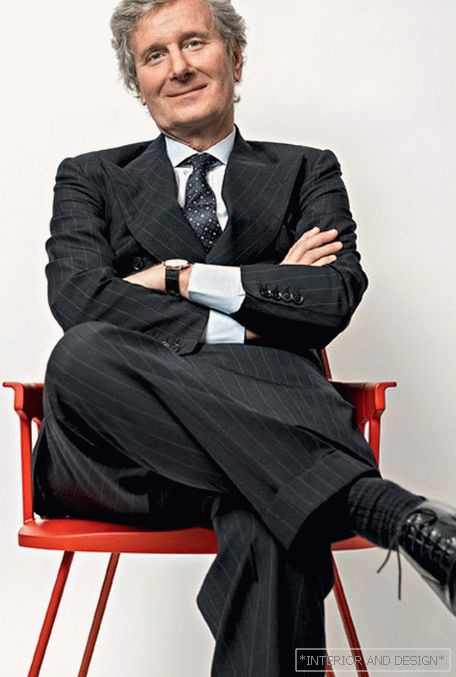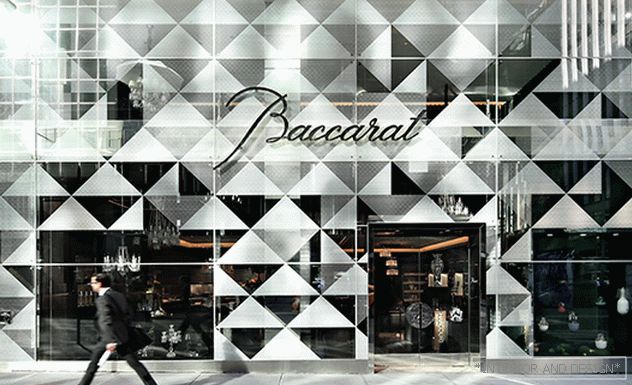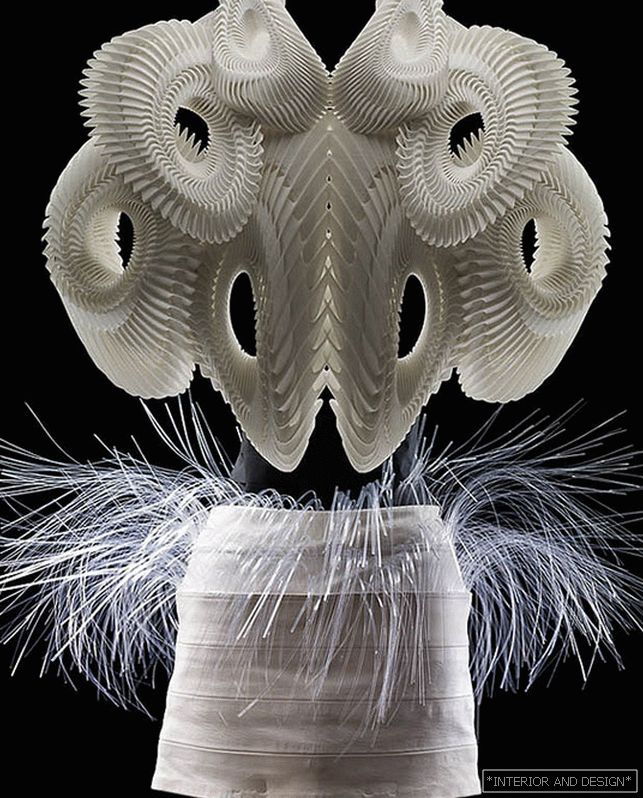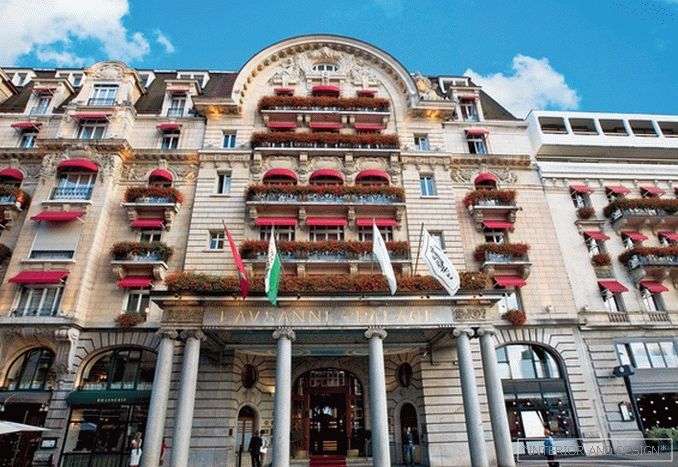On emotions, investments and gifts for the Russian president
 Passing the gallery
Passing the gallery Magazine: N5 (215) 2016
Claudio Luty is the founder and president of KARTELL. At the same time, he personally oversees all processes: branding, design, technological innovations, exhibitions, presentations of new collections in the show-rooms of the brand around the world.
As it turned out during our one and a half hour conversation during the Cologne exhibition in January 2016, every three weeks he holds working meetings with designers, adjusting the balance between the future cost of production, the emotional component of the subject and its functional side.
SALON: What do you usually talk to designers about? Do you "check" the results of their work and set tasks for them? —Oh, I communicate with designers in a friendly, gentle way — we cooperate. I never press. And so it is easy for me to tell them everything that I think. We have known each other very long and very closely: with Antonio Citterio, with Piero Lissoni, with Patriche Urquiola, with Philippe Starck, we have a long-term alliance, and he justifies himself — we understand each other. At the meetings we discuss absolutely everything. Sometimes we decide to go back a few steps to an earlier version of the subject. Sometimes we reject the original idea. Sometimes, I say, it will cost too much in production, one has to think ... Besides, we are seriously investing in technology and in production. Each new KARTELL collection marks another technological breakthrough — we are doing it like no one has done before, technically, I mean.
S: Give an example. —The latest Memphis collection by Ettore Sottsass design. He created it 15 years ago, then there was no technology to bring it to life. At that time I put the drawings on the table. And only now the collection has become possible. By rotation, a hollow inside and a solid piece is achieved outside, that is, it is seamless! It is blown out like a soap bubble, and at some point it separates in itself, forming a hollow ring, only of a more complex form — the one that Sottsass invented. I am proud of this collection.
S: You first released chairs with cloth upholstery. —In the last two years, we began to expand the range. We have crockery, accessories, including soft upholstery. Hotels want to order interesting plastic furniture: it is not as expensive as wood, and it is designer, makes the space bright, dynamic. At the same time, it is more convenient to sit on a soft fabric cushion, and not on a slippery plastic. People prefer comfort. There was a demand, and we reacted to it.
S: What is your forecast for interior design? -I do not think about it. It is unlikely that the interior will move in one direction or the other — minimalism or, on the contrary, redundancy ... Interior is an individual product. I try to release things out of time, with a strong emotional charge. In my catalog there are still things that have been created for quite some time. They do not become obsolete, people order this furniture. I am against a single-brand approach: ideally, KARTELL things should be mixed with other styles, brands, and materials on the principle of contrast. It gives a good effect. For example, the “golden” plastic chairs of Masters Precious look great in the baroque interior of the Italian Embassy in Paris. And in the museum, in the office, in the house, the same chair will look different.
S: Why did you name your brand KARTELL? —This word is from the 50s, it is associated with technical progress, it is cosmopolitan. I thought it was a successful message. We are a truly international brand. The showcases of my showrooms around the world look the same, I do not distinguish between an American buyer, a Russian or a Japanese. And the world is moving towards international design. Fifteen years ago, there was not a single design showroom in New York — there was one or only common design center in Brooklyn. And now a completely different picture. There are always people in my New York store, about 500 purchases are made every week. But interestingly, our brand was born as non-national, but became a symbol of Italian design. Milan even, I would clarify. We are Milanese. (Smiles. —SALON.)
S: You like bright colors. “I love all kinds of colors.” White and black love too. There are many different white chairs in our collection. And black. Notice (points to the wall in the showroom, where a row of dozens of white and a dozen black chairs are set up in a row. —SALON.): There are no two similar shades of white or black. Each shade is individual. Plus the texture is either matte or glossy. Lissoni never uses the white one that Urkiola uses. And so on.
S: Who is your customer? For example, could the Russian president become one? Let's imagine what items might fit for him. What would you give him? —Goodn Putin (thought. SALON.) I would give a Bourgie lamp in bronze color. This is a universal item, it will look great in any interior. It is risky to give furniture: these are big things, and there is a risk not to please. Although ... Uncle Jack sofa would be appropriate in the interior of the Kremlin. A good contrast between the palatial atmosphere of luxury and the transparent, lightweight design of this sofa. So, the lamp and the sofa.
Read the full text in paper or



